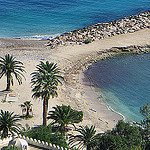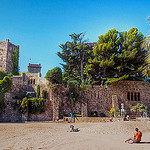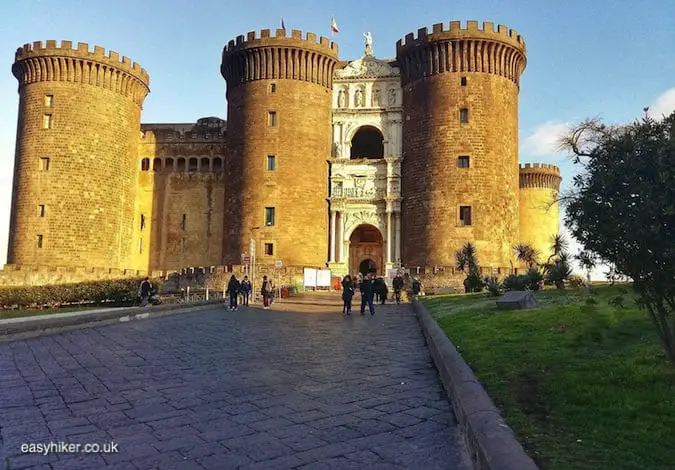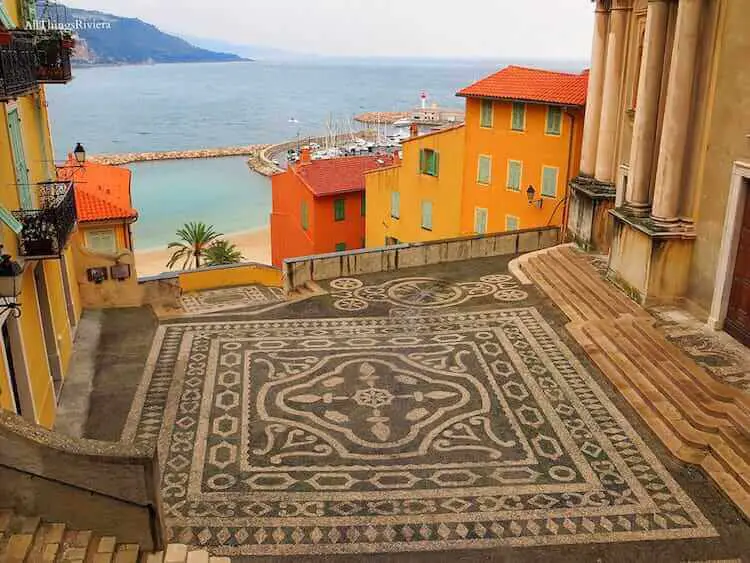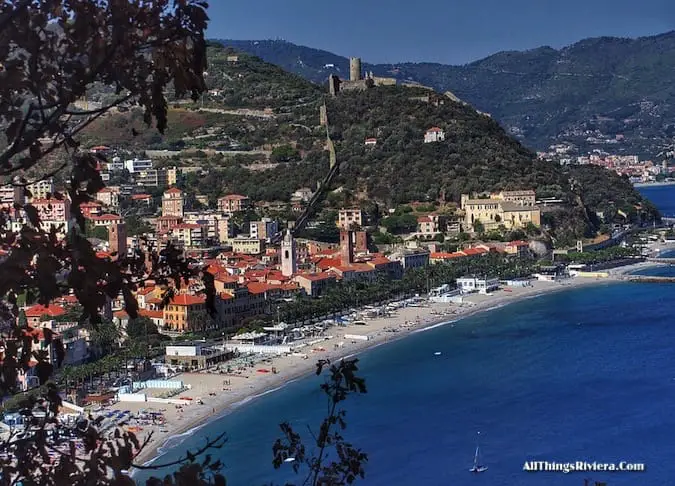How do you stand with military architecture? I mean: fortresses, fortifications and the way in which they have been constructed through history: how much does this interest you? Not all that much?
All right, then that makes two of us already.
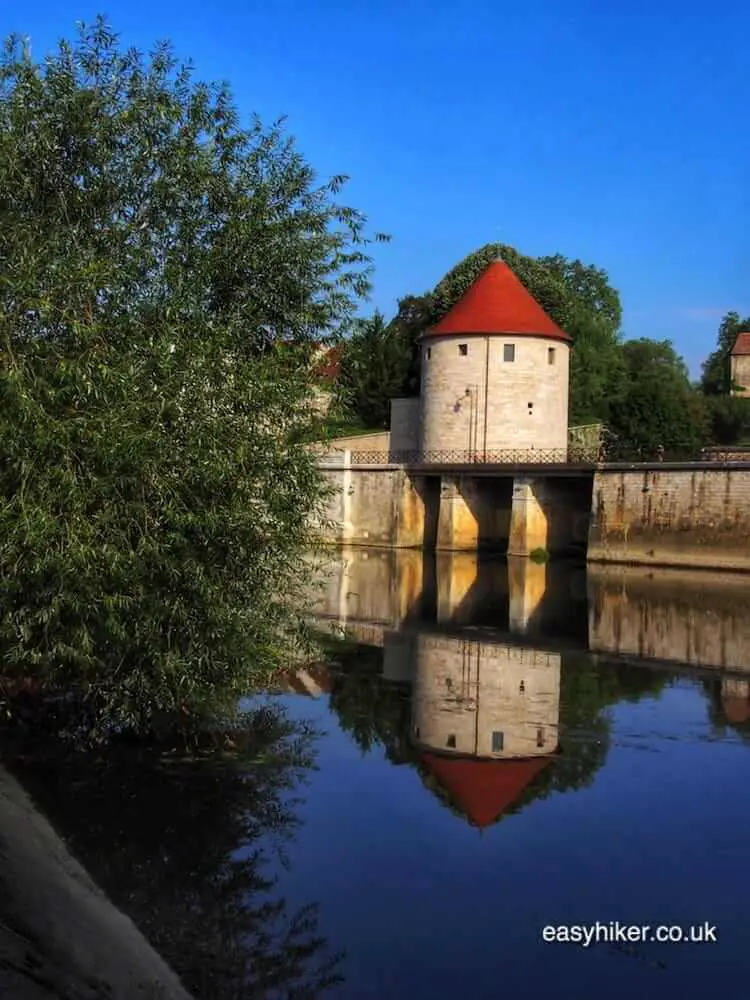
It is not the naturally most fascinating topic on earth, is it? Personally, however, I have always believed that everything under the sun is well worth an hour of two of my time.
Following this principle, I have watched TV documentaries on topics near the bottom of my list of interests (coin collecting, ballroom dancing, volleyball) that turned out to be utterly compelling. It is beyond that span of 2 hours where things can get boring unless they have a deeper appeal to you.
Take animals, for example, all animals with the exception of dogs: I can easily imagine reading a magazine article on badgers or dormice but not a 1000-page book. (Dorothy Parker famously summarized Moby Dick as “more than you really want to know about whales“).
And so it is with military architecture. You may not want to dedicate a whole holiday to visiting fortresses up and down Europe, but there is certainly enough meat on that bone for a walk around one of the greatest structures of them all.
This is why you should visit the Citadel in Besançon, the heart piece of the town’s fortification system that landed the city on the UNESCO list of World Heritage Sites: it is the Great White Whale of fortresses.
The Great White Whale of Besançon

Or, if you feel that an hour-long walk is too long (or the Citadel too inconvenient to reach), why you should read this post. (Call me Mishael.)
So here it goes: a short history of military architecture and the story of the great white whale of Besançon.
All through the Middle Ages, fortresses played the central role in military strategy because they were, if well built, nearly impregnable. There were only three ways of conquering a castle: under, over, and through, and there were sound defensive strategies in place to close down at least two of these alleys.
Tunnelling (“under”) becomes impossible when a castle stands on stony ground, and breaching towers (“over”) cannot be rolled towards castle walls that are surrounded by steep slopes at the top of a mountain. Deep moats are also highly useful defensive weapons against both tunnelling and towering.
And the only certain outcome of a frontal assault (“through”) is a high number of fatalities among the attacking soldiers. Which leaves only one possible strategy to defeating a well-fortified enemy: the siege.
With a siege, the question became not who commanded the superior fighting force but whose army had the better morale.
War in the Middle Ages was a battle of attrition, very much like cricket – or a game of baseball between two dominant pitchers. Some defenders held out for two years and more. (No baseball game in history can rival this, although a cricket match can sometimes feel that long.)
It is generally thought that the invention of gunpowder changed all that. In truth, however, it did not, at least not immediately.
Artillery guns could crumble medieval structures quite easily, but military architects soon found ways of making new fortresses nearly as stable as the old ones had been.
Walls became thicker …
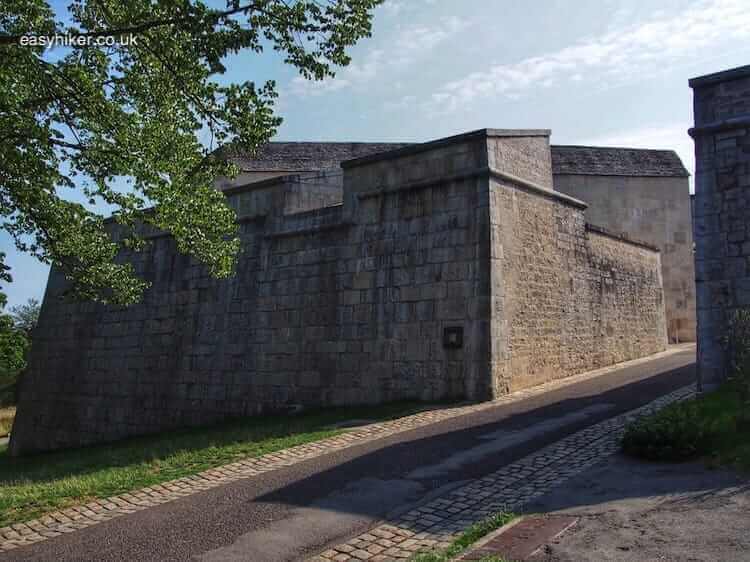
… and were constructed to absorb the impact of cannon balls.
Earth mounds were built to provide support, and fortresses were constructed on walled slopes – so-called “glacis” – which allowed the defenders to open fire on the enemy while he put his guns into place.
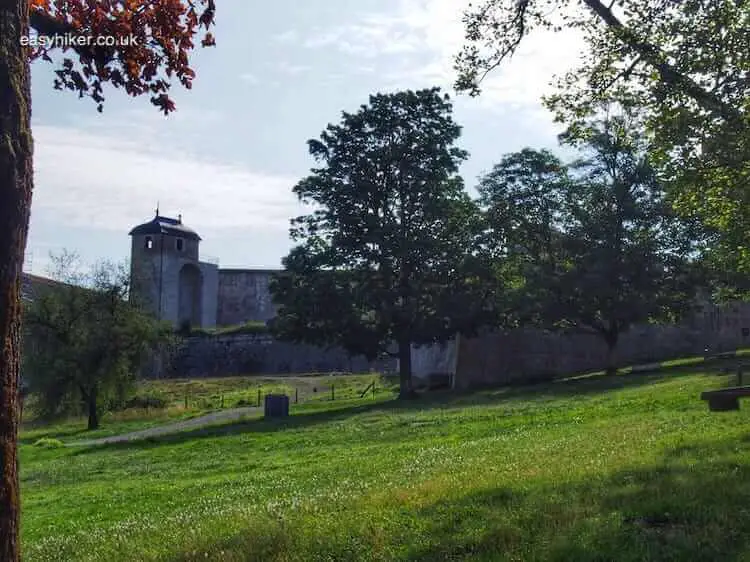
New-style fortresses no longer had a single outside wall but consisted of fortified rings within rings within rings.
As a result, attackers found these castles nearly as hard to conquer as their old-style predecessors. It was only the invention of exploding shells in the late 18th century that ended the role of fortresses as the central elements of military strategy.
The great age for the new generation of fortifications was the 17th century, the age of the Sun King Louis XIV. It is very well possible that you have never heard the name of the military architect Vauban, but not if you are living in France.
Nearly every modern French town near to a 17th century land or maritime border proudly owns a structure built by Vauban. Which is not all that surprising, come to think of it, because that was what Vauban’s buildings were constructed to deliver: resilience, at any price.
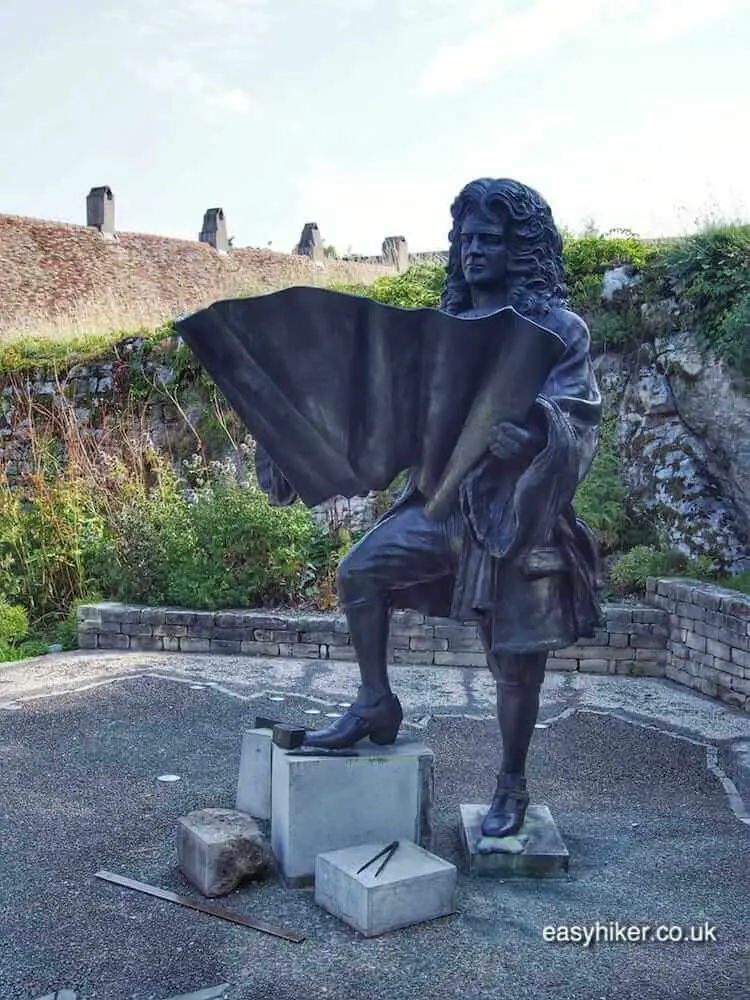
Vauban is certainly big in Besançon. Besançon is the home town of Victor Hugo, the capital of French watchmaking and the cradle of French cinema (this is where the Lumiere brothers grew up), but the city makes relatively little of any of that.
Vauban, conversely, is big business: restaurants, hotels and many other businesses carry his name – as does the central river quai where the Doubs meets the old town.
Besançon was part of the old country of Burgundy, once one of Europe’s leading powers, although today, Burgundy rules little more than a wine shelf in your local supermarket.
The country of Burgundy shared the unhappy fate of all the territories in that thin strip of central Europe between France and Germany that was considered the main prize when Charlemagne‘s empire was divided up between his three grandsons – but while the east and the west developed into relatively stable empires, the territories in between soon became a bone of contention between them.
The Habsburgs ruled Besançon until 1667, lost and regained it, but when Louis XIV put his hands on it again in 1674, he was determined never to let go again.
So he assigned his chief military architect to turn the entire town into a fortress, and the citadel in its middle into an impregnable stronghold.
Vauban delivered a state-of-the-art 17th century castle: rings of stone around rings of stone, a glacis between the outer wall and the first inner wall, and then a deep moat to protect the inner sanctum.
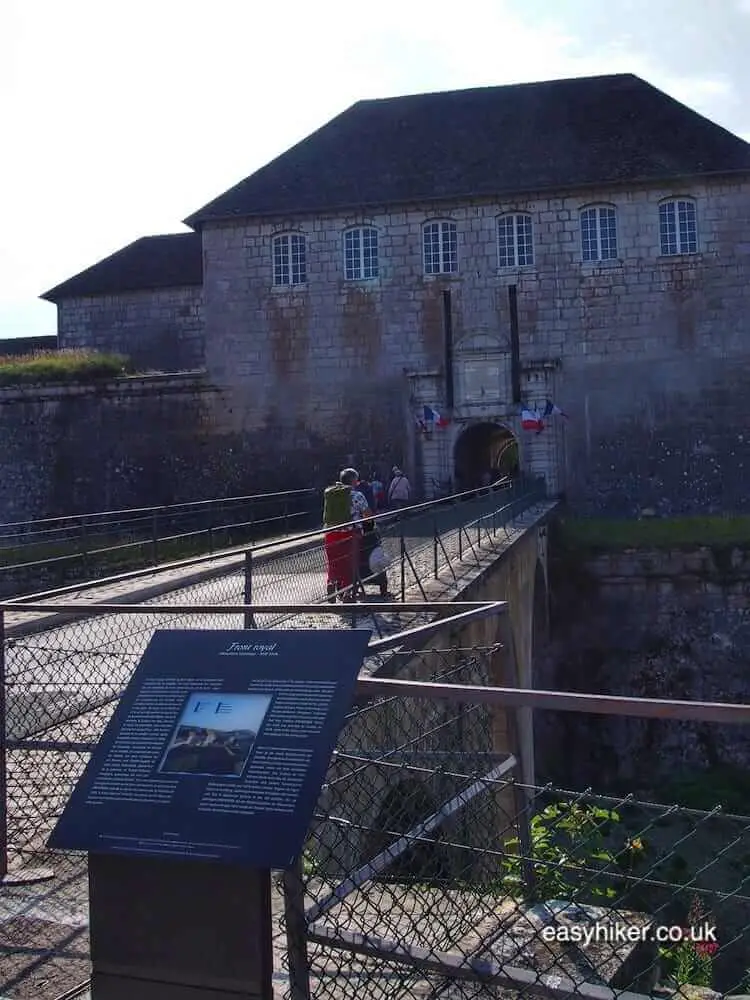
Even in the days of gunfire, the Citadel, the White Whale of Besançon, was widely believed to be impregnable.
It is also a pretty big structure, so there is plenty of space to walk around. The grounds of the Citadel have been certified as an “Ecogarden” which provides a haven for protected species including plants, butterflies and songbirds but also some larger animals.
A panel outside their enclosure tells you the story of how a herd of Andean goats came to Besançon, but these extremely shy animals blend so perfectly into the woodworks that you have a better chance of spotting some of the rare insects.
At any rate, not all of those are as invisible as the Peruvian vicunas.
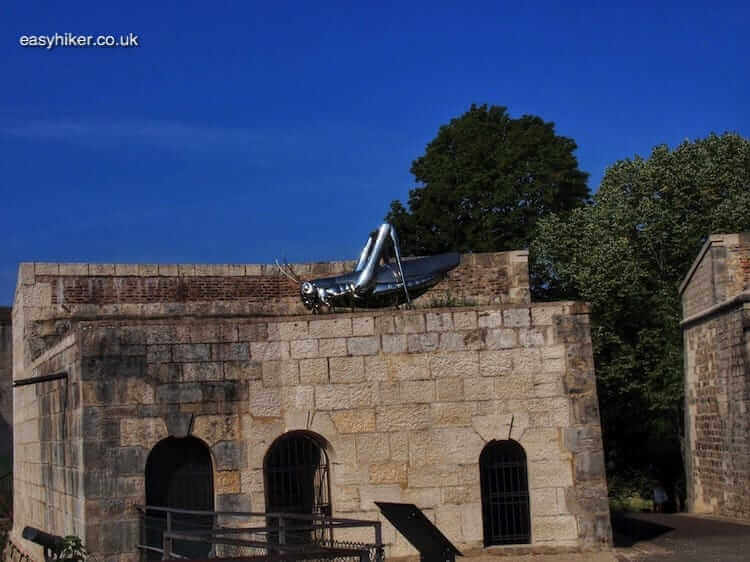
You will find it easy to pass an hour of your time on the castle grounds without even visiting one of the museums inside. Many information panels tell the story of the Citadel, and once you feel you have imbibed enough information, you can enjoy the splendid views over the neighbourhood …
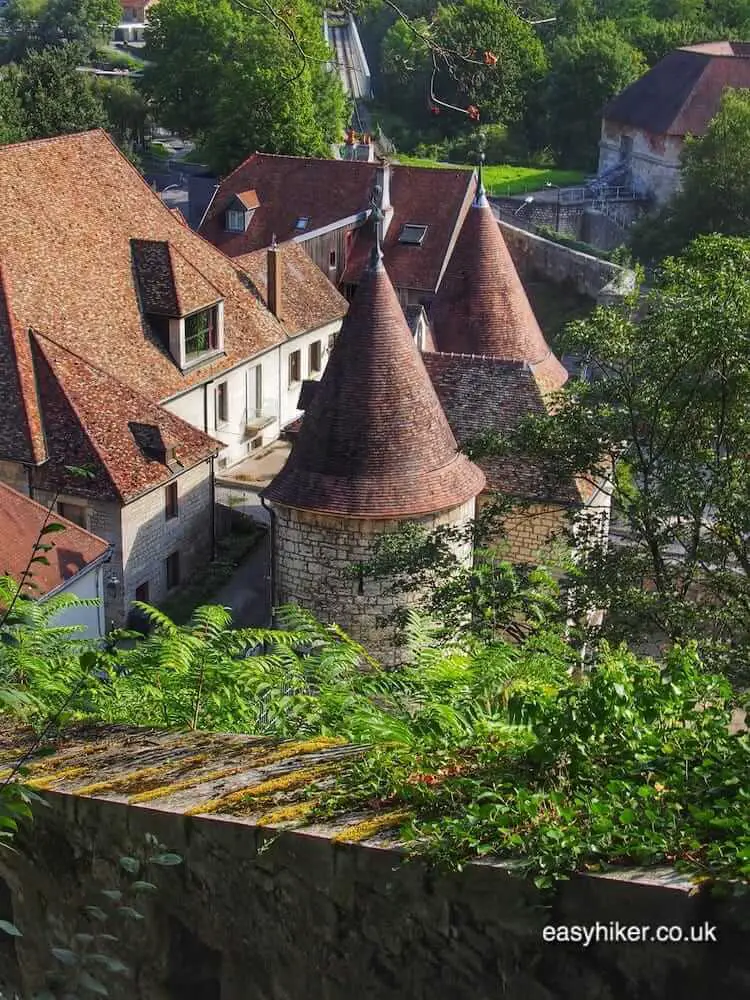
… (the two towers belong to the Citadel’s old gatehouse) and the entire town.

